Architecting for Resilience: Strategies for Fault-Tolerant Systems
DZone
DECEMBER 14, 2023
Software is everywhere these days - from our phones to cars and appliances. That means it's important that software systems are dependable, robust, and resilient. Resilient systems can withstand failures or errors without completely crashing. Fault tolerance is a key part of resilience. It lets systems keep working properly even when problems occur.

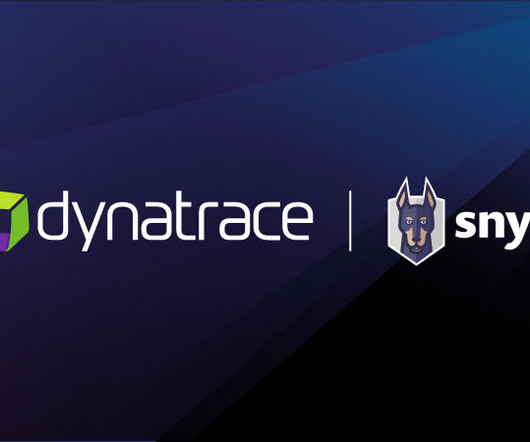
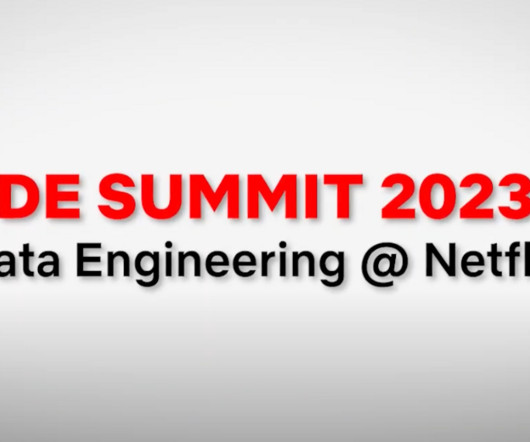



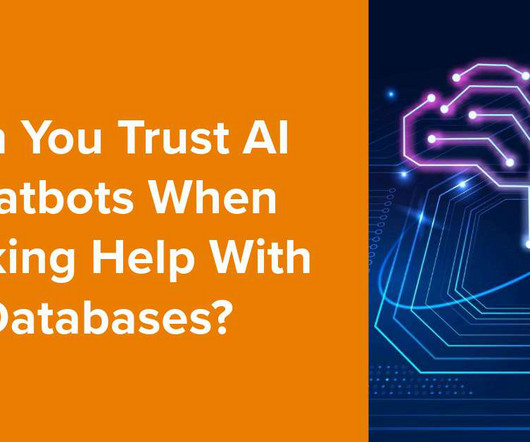
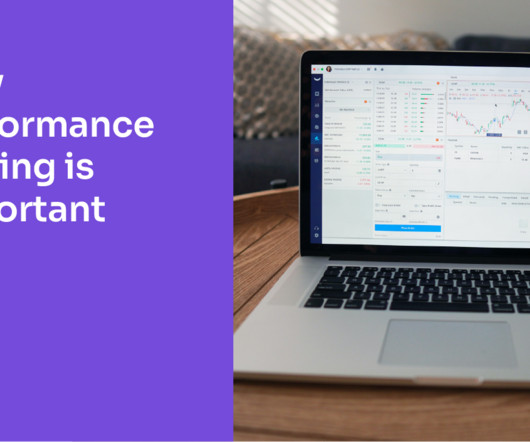
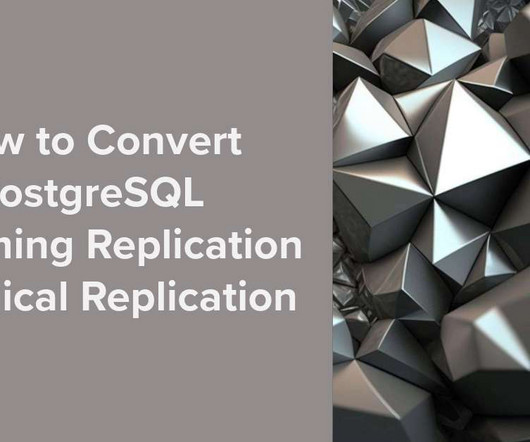






Let's personalize your content